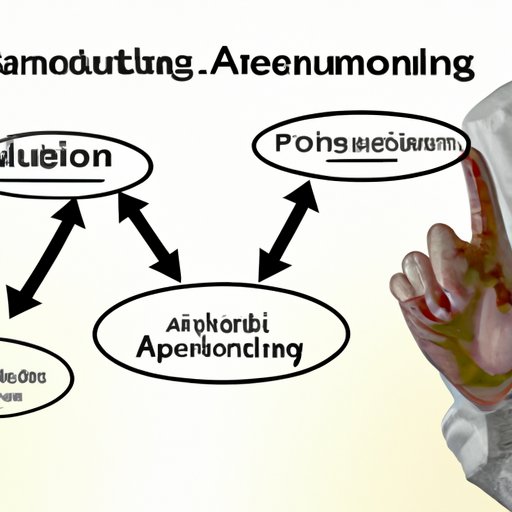Introduction
In today’s digital world, automation is increasingly becoming an important tool for businesses to streamline their operations. Automation refers to the use of technology to perform tasks that would otherwise require manual effort. Repetitive tasks are those that are repeated frequently, either daily or weekly, and can include mundane processes such as data entry or customer service. Automating these tasks can help businesses improve efficiency and productivity, freeing up time and resources to focus on more important tasks.

Using Automation to Streamline Your Workflow
Automation offers a number of benefits for businesses looking to streamline their workflow. According to a study by McKinsey Global Institute, “The potential productivity gains from automation could be as much as 40 percent across sectors, depending on the region and type of job.” This means that automating repetitive tasks can help businesses increase their efficiency and reduce costs.
In addition to increased efficiency, automating repetitive tasks can also help reduce errors. By relying on machines to perform tedious tasks, businesses can reduce the risk of human error, which can lead to costly mistakes. Furthermore, automation can help businesses save time and money by reducing the need for manual labor, allowing them to focus on more important tasks.

Identifying Processes That Can Be Automated
When it comes to automating repetitive tasks, the key is to identify processes that can be automated. Common tasks that can be automated include data entry, customer service inquiries, email marketing, social media management, and invoicing. By automating these tasks, businesses can free up time and resources to focus on more strategic activities.

Developing Automated Solutions for Common Business Tasks
Once you have identified tasks that can be automated, the next step is to develop automated solutions. There are many software tools and applications available that can help businesses automate their processes. These tools can range from simple scripts to complex artificial intelligence systems. It is important to research and evaluate the different options available to determine which one best fits your needs.
In addition to software tools, there are also services that specialize in developing automated solutions for businesses. For example, many companies offer services that can help businesses create automated workflows and integrate them into their existing systems. This can help businesses streamline their processes and reduce the amount of manual labor required.
Introducing Automation into Your Routine: A Step-by-Step Guide
Once you have identified processes that can be automated and developed automated solutions, the next step is to introduce automation into your routine. Here is a step-by-step guide to help you get started:
Setting Up an Automation System
The first step is to set up an automation system. This includes creating a system for managing and tracking automated processes. This can be done using software tools such as Zapier or IFTTT, or through custom development. The goal is to ensure that all automated processes are tracked and monitored to ensure they are running smoothly.
Creating a Checklist for Automated Processes
The next step is to create a checklist for automated processes. This should include a list of tasks that need to be completed before an automated process can be initiated. This will help ensure that all necessary steps are taken before an automated process is launched.
Evaluating Your Automated Processes
Once an automated process has been set up, it is important to evaluate the results. This can be done by measuring the performance of the automated process and making adjustments as needed. This will help ensure that the automated process is running efficiently and achieving the desired results.
Conclusion
Automating repetitive tasks can help businesses streamline their workflow and increase efficiency. By introducing automation into their routine, businesses can reduce errors, save time and money, and free up resources to focus on more important tasks. Implementing an automated system requires careful planning and evaluation, but can provide significant benefits for businesses in the long run.
The key to successful automation is identifying processes that can be automated and developing automated solutions that fit your specific needs. By following the steps outlined in this article, you can start automating your processes and reaping the rewards of increased efficiency and productivity.
Summary of the Benefits of Automating Repetitive Tasks
Automating repetitive tasks can help businesses streamline their workflow, increase efficiency, and reduce errors. Automation can also save time and money by reducing the need for manual labor and freeing up resources to focus on more important tasks. Finally, automation can help businesses achieve greater accuracy and consistency with their processes.
Final Thoughts on Automation
Automation is an invaluable tool for businesses looking to streamline their operations and increase efficiency. By taking the time to identify processes that can be automated and developing automated solutions that fit your needs, you can reap the rewards of automation and enjoy the benefits of increased productivity.
(Note: Is this article not meeting your expectations? Do you have knowledge or insights to share? Unlock new opportunities and expand your reach by joining our authors team. Click Registration to join us and share your expertise with our readers.)
